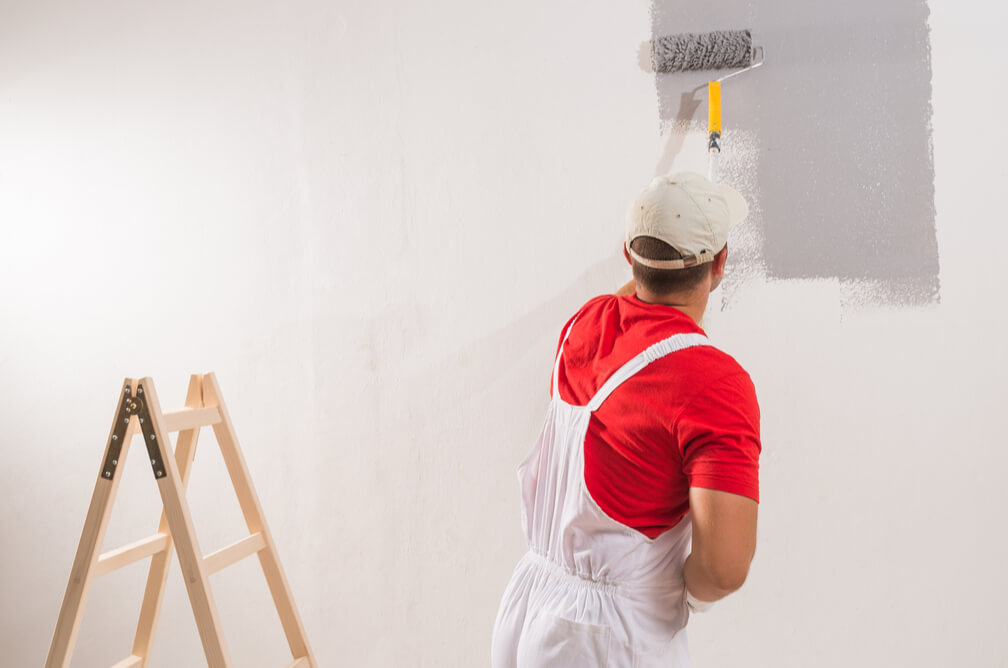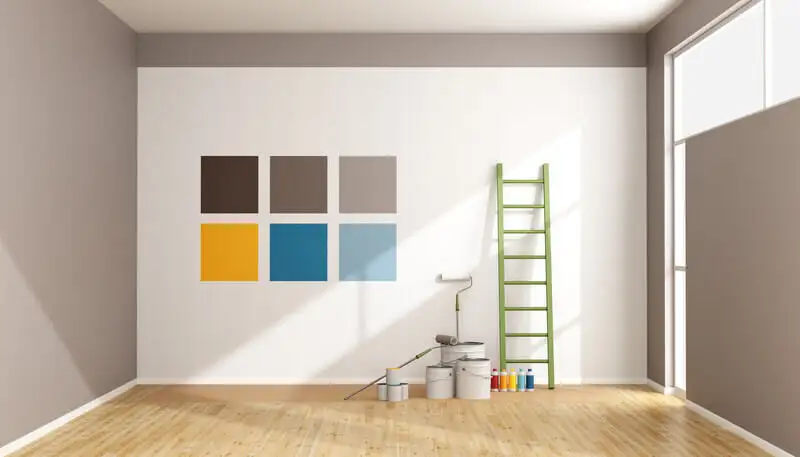Professional Color Consultation in Lakewood for Stunning Home Design
Professional Color Consultation in Lakewood for Stunning Home Design
Blog Article
Enhance Your Interior Decoration With Comprehensive Color Consultation
The combination of color examination right into interior design provides an one-of-a-kind chance to improve and raise the visual and psychological vibration of an area. By engaging with a seasoned color specialist, you can browse the complexities of shade option, making sure that your selections not only complement architectural attributes yet also resonate with individual style and emotional influence.
Benefits of Color Assessment

Additionally, color consultation aids in optimizing natural light and maximizing spatial perception. Lighter tones can make an area appear more extensive, while darker shades create an intimate setting. Cleveland Metro Painting Specialists. This calculated application of color can considerably affect the overall setting of any indoor room
Additionally, professional experts possess a detailed understanding of existing patterns and timeless standards, ensuring that the picked shades will remain attractive over time. This foresight can save clients from costly redesigns in the future. Shade appointment empowers customers by providing them with a clear vision and instructions, promoting self-confidence in their layout options and eventually leading to a more successful and satisfying indoor design result.
Understanding Color Psychology
The relevance of color psychology in indoor layout can not be overemphasized, as it explores the emotional and emotional results that numerous shades can stimulate in individuals. Colors can affect mood, behavior, and even productivity, making them an essential factor to consider in any kind of layout project.
For example, cozy colors such as red, orange, and yellow are typically related to energy and warmth. They can stimulate sensations of exhilaration and comfort, making them suitable for social spaces like living areas or kitchens. Alternatively, trendy shades like blue, eco-friendly, and purple tend to evoke calmness and peace, making them ideal for bedrooms or reflection locations.
Additionally, using neutral tones can produce a well balanced setting by enabling the bolder colors to stick out without overwhelming the senses. Comprehending these psychological effects makes it possible for designers to develop areas that not only look aesthetically pleasing however also advertise psychological health.
Integrating shade psychology into interior decoration entails a thoughtful selection of tones customized to the intended function of each space, eventually improving the total experience for its owners. This understanding is essential for attaining a harmonious and useful interior atmosphere.
The Shade Wheel Discussed
It consists of main shades-- red, blue, and yellow-- that can not be created by blending various other shades. Tertiary colors result from mixing a main and an additional shade, leading to shades such as red-orange and turquoise.
The color wheel helps designers realize the partnerships in between shades, consisting of corresponding, analogous, and triadic systems. Complementary colors, positioned opposite each other on the wheel, create dynamic contrasts that can energize a room.
Using the color wheel in interior decoration not just improves aesthetic allure however also evokes particular feelings and atmospheres, making it an important referral for color consultation. Understanding these relationships inevitably empowers developers to develop spaces that are both visually fascinating and useful.
Choosing the Right Palette
Usually, picking the best palette is a decisive variable in achieving an effective interior decoration project. An appropriate shade scheme can merge a room, enhance its features, and stimulate desired index emotions. To begin, think about the objective of the area. Various spaces serve diverse features and call for palettes that show their intended usage; for circumstances, tranquil shades such as soft blues or environment-friendlies work well in bedrooms, advertising leisure.
Light can considerably change exactly how shades show up, so it is necessary to analyze the area at different times of the day. A harmonious palette must complement these functions, creating a cohesive look throughout the area.
When choosing colors, make use of the 60-30-10 rule, see this page which suggests that 60% of the space should be a leading shade, 30% a secondary shade, and 10% an accent shade. This proportion makes sure balance and visual interest (Cleveland Metro Painting Specialists). Finally, sample shades on the walls before dedicating, as this permits you to see how the colors connect with each other and the general ambiance they develop in your indoor layout job.
Collaborating With a Color Specialist

When functioning with a shade specialist, the procedure commonly starts with a preliminary assessment. Throughout this conference, you'll review your vision, preferences, and the existing elements in your area. The professional will analyze your demands and might suggest particular color combinations that line up with your objectives.
After developing a direction, the professional will give examples and visual help to aid you picture the proposed color pattern. This step is vital, as colors can appear in a different way under differing illumination problems.
Furthermore, a color professional can direct you in picking corresponding home furnishings, artwork, and devices to integrate with your selected scheme. By teaming up carefully, you can achieve a refined aesthetic that view it now boosts your insides and creates an inviting ambience. Ultimately, the know-how of a shade expert can considerably boost the total impact of your style task.
Final Thought
In summary, detailed shade assessment offers as an essential device for boosting indoor design. By leveraging expert expertise of color psychology and spatial dynamics, a tailored shade combination can be developed to evoke particular emotions and create a harmonious atmosphere.
By engaging with a seasoned shade specialist, you can browse the intricacies of color option, making certain that your options not just enhance architectural features however additionally reverberate with personal style and emotional effect. It comprises primary colors-- red, blue, and yellow-- that can not be developed by blending other shades.The shade wheel assists developers understand the relationships in between colors, consisting of corresponding, analogous, and triadic plans.When picking shades, make use of the 60-30-10 policy, which suggests that 60% of the room should be a dominant color, 30% a second shade, and 10% an accent shade. By leveraging specialist knowledge of shade psychology and spatial dynamics, a customized shade palette can be developed to evoke certain emotions and create an unified atmosphere.
Report this page